Islands 1: Aegina and Hydra
It has been quite a while since I visited a Greek island, on a cruise through the Mediterranean, passing through the Aegean Sea toward Athens. It is impressive because, despite it being 10 years ago, I remember the details of each island, although I have to say, they were the most touristy of them all.
Greece, as a peninsula is not very big, but taking into account the amount of islands that form part of the country, they not only increase the density of the population but also the cultural wealth and beauty of the landscape which is different on each one. The traditions, festivals, and even the languages! Also, knowing the history, a history so long that it comes from antiquity, you will learn secrets like no other, secrets that are cemented in each island.
I have created a list of the islands that seem most important to me, maybe because I have been to all of them, but I will also add any other anecdotes from other people who have visited them too. I am going to tell you about the islands Aegina and Hydra. Aegina is just next to Athens, and Hydra is one of the most popular islands in Greece for tourists.
AEGINA
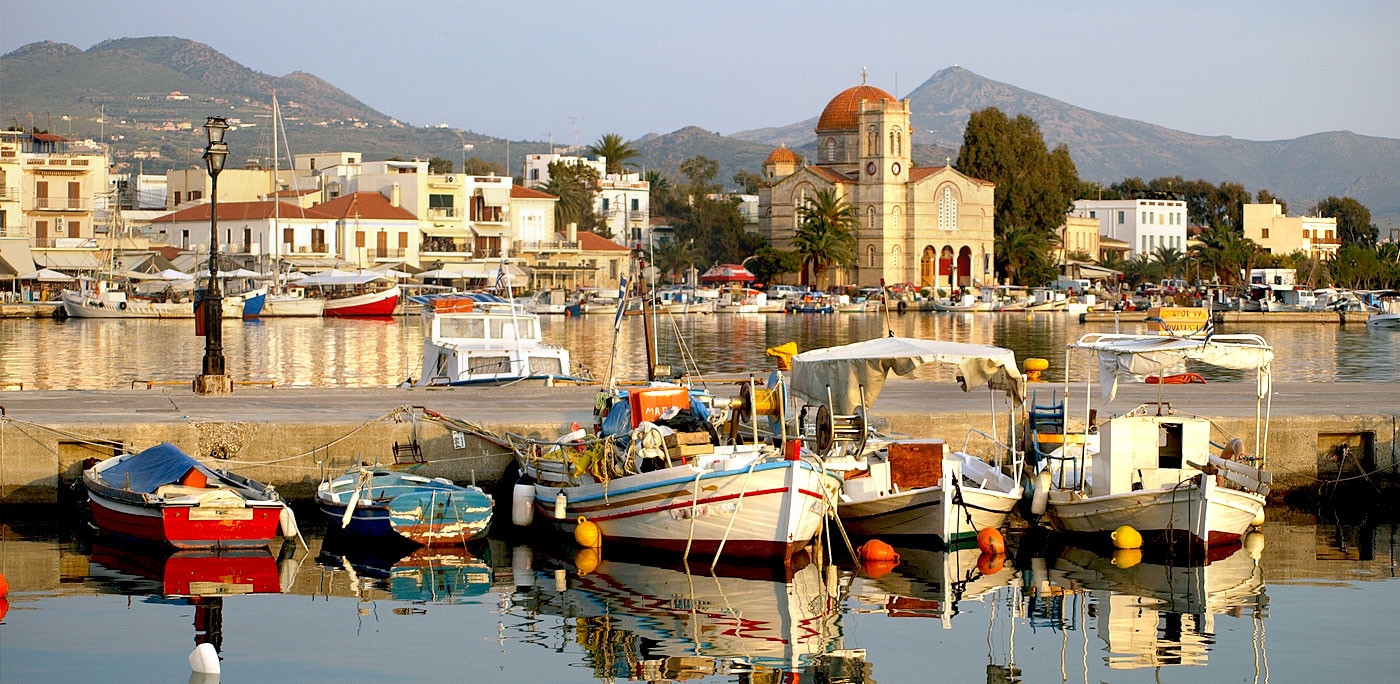
The island closest to Athens, next to Salamis (they are practically the same size). Comparing it to its neighbour, since Salamis is rather an extension of the city of Athens, Aegina seems much more interesting to me and prettier to visit. However, both are frequently visited by both tourists and residents alike, since many of them have summer houses there.
How to get there?
Well, I did not include it in the transport section, but obviously loads of ships leave from the port of Athens every day: ferries, cruises, and the so-called "flying dolphins" that would be the best to get you to Aegina. In general, they are a bit more expensive than ferries because they go much faster (they take half the time).
- Flying Dolphin: Approximately 14€ (one way), it takes around 15 minutes and leaves every 2 hours. It's like going by bus. If you have the luck of getting a window seat, you will be able to see the scenery, although nothing compares to what you will see once you get to the coast.
- Ferry: Costs around 8€ (one way), takes about 1. 5 hours, and it leaves every 3 or 4 hours. Although the trip is much longer, the views from the ferry are unparalleled. And if you go in spring or summer, there are usually seagulls doing the same trip as you, catching fish along the way.
You can find the timetable and prices online, on the websites of the different companies or at the port. The streets are plagued with travel agencies and with locals belonging to maritime transport companies. A couple of the websites you can visit are:
and
https://www.ferriesingreece.com/.
*IMPORTANT* - Do not forget to look at the return journeys and be on time. The boats are usually on time and they will not wait for you.
How do I get around in Aegina?
Once you get there you will find various hire-car, four-wheeled motorcycles and scooter companies in front of the port. If you bring your driving license, you probably won't have a problem renting whatever you need for your stay. The last time I rented a scooter and it cost me around 20€ to have it for the whole day until 19:00. It is really useful as it fees you from schedules and allows you to go into the hidden parts where the buses do not take you.
The second way is via bus. Leave the port and you will find yourself walking left along the coast, where there will be a cartel with ticket prices and the various destinations avaliable. They have a timetable, and from what I can remember, it is quite strict, so bare this in mind. On the other hand, it is quicker than going anywhere by motorcycle.
What to see?
The port is in one of the main towns of the island. The rest of the towns are spaced around along the coast or along the edge of the motorways that go up into the mountains. You will soon see that, on this island and the others, the houses and the way of life is much different to on the mainland. You can go for a stroll as soon as you arrive, or stop by the interesting areas (although for this it is easier to have your own vehicle).
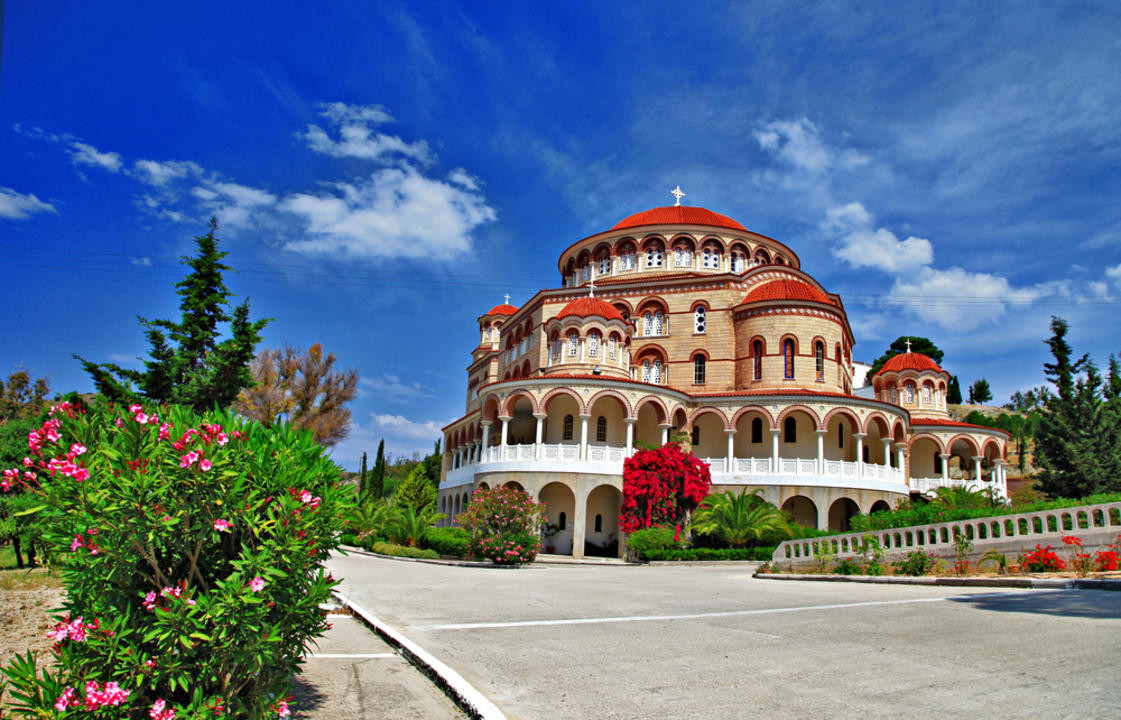
As well as eating well and visiting the orthodox churches that are in abundance all over the country, there are many other things to do in the fantastic Aegina:
- Pistachios: it is not enough to see them, you have to try some too! What is there will surprise you as you will find hundreds of street sales of every kind of pistachio: caramelised, salted, natural, peeled... The cultivation of this fruit is the basis of the economy of the island and it is a speciality of which is extremely gifted and you will regret it if you do not bring a big bowl-full home with you.
- The Aphaea Temple: it is one of the oldest, most-complete ruin on the island. Historically, its inhabitants worshiped a semi-goddess, or a nymph rather who, according to myth, was persecuted for her beauty. Fleeing from Minos, her fierce pursuer, she threw herself into the sea and was rescued by the nets of an Aegina fisherman, with whom she fell in love with. Therefore, she was revered as the "mother of the hunting nets" which, in her time, was the most common activity of the islanders. You can see the temple and the surrounding sites that remain. The student entrance fee is free, and is located on top of one of the highest hills. The bus arrives there.
- Beaches: near the port, the beaches arent the best, so my first recommendation is, if you visit the temple, below it is the town of Agia Marina. It is really quiet and beautiful and it has a fantastic coastline. Another option is to go to Vagia, a town in the north of the island. At this one you can bathe, but be careful of the sea urchins!
- The Temple of Zeus: I feel very proud to be able to describe what it looks like, since hardly anyone knows or visits it because it does not appear on the tourist map, nor does the bus arrive there (its on Google maps, nothing escapes Google). It is located in the middle of a shallow hill, which is in an open field, past a small road by Agia Marina, and here are the remains of a temple, only the stones from the base of it. It is a temple of Zeus. From what you can see, it seems to be relatively small, perhaps because it was cut off from the population. There is an extremely small Orthodox church, just next to what was the temple, and it can be accessed by walking along a path between plants and flowers up the hill from the road (about a 10 minute walk).
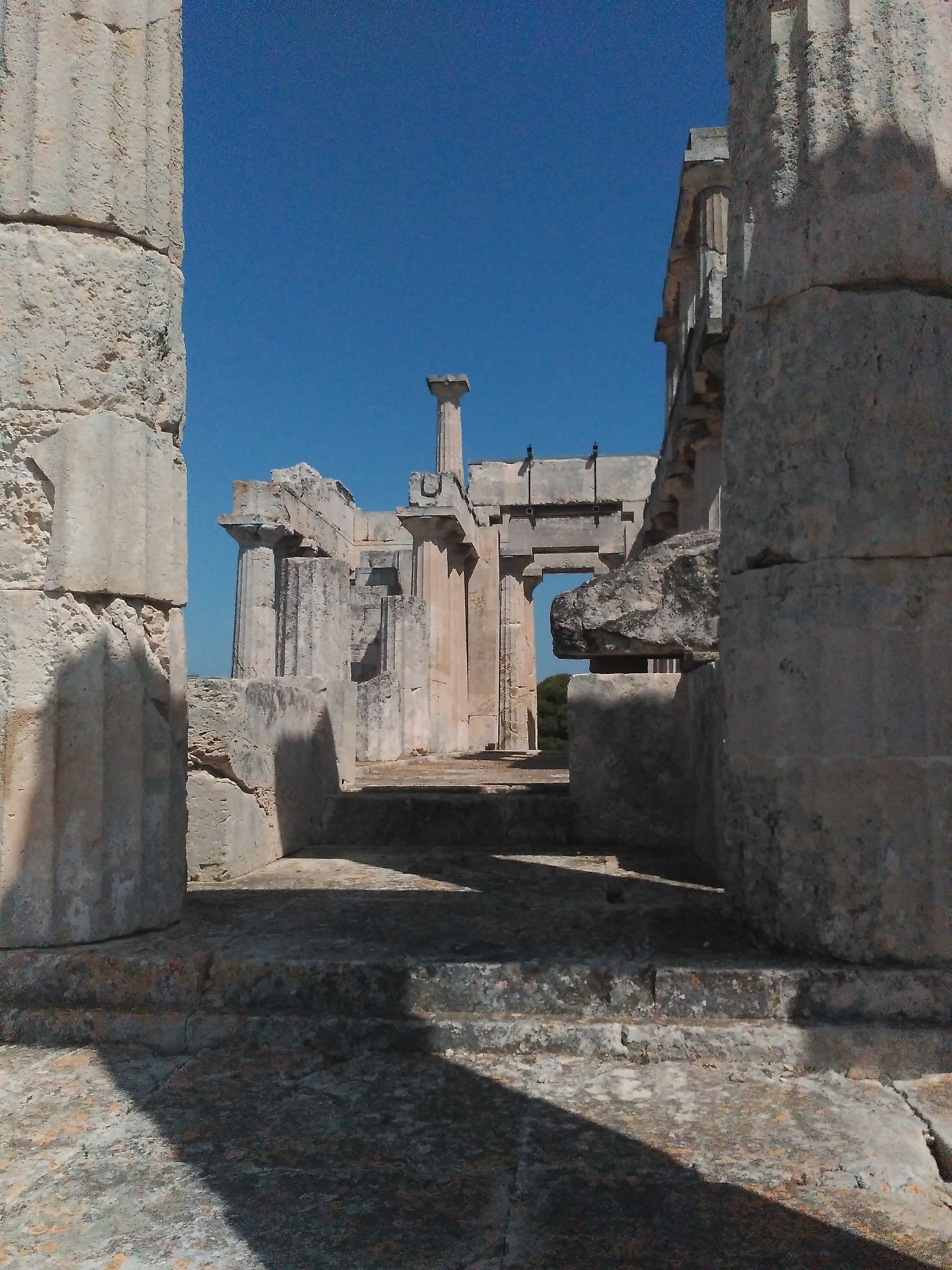

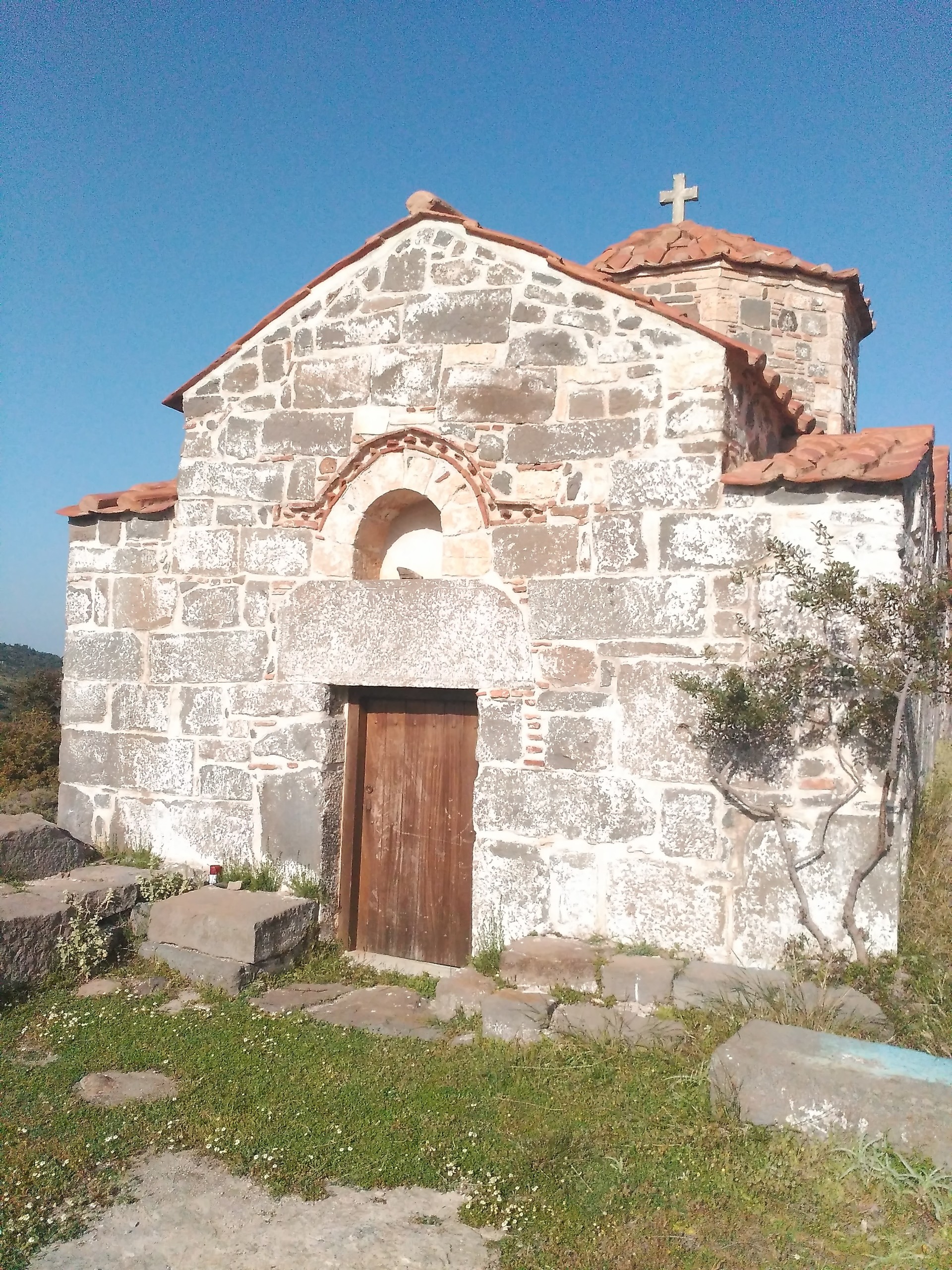
HYDRA
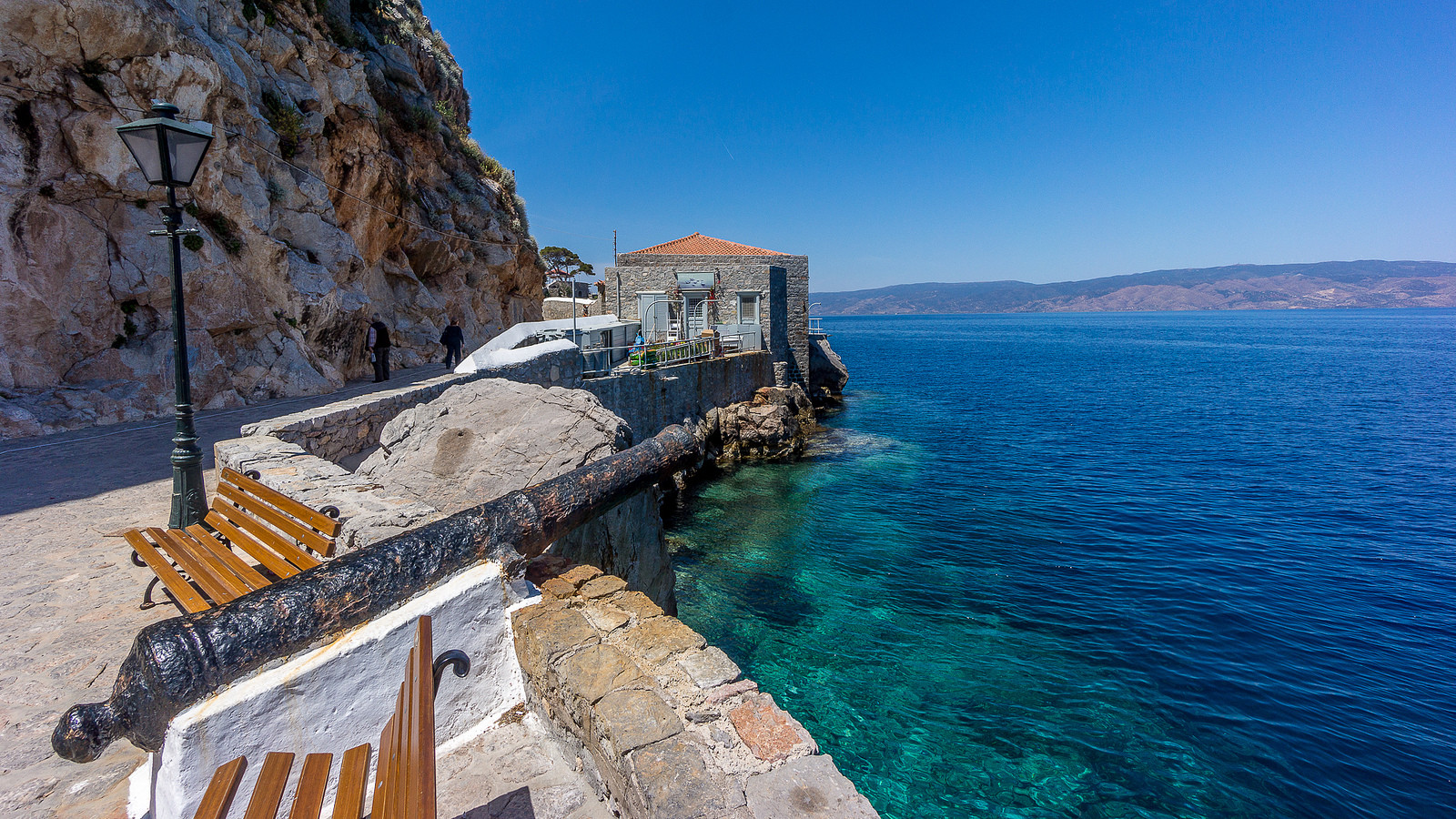
I admit I have not spent much time on this Eagean Island, but it is on eof the most popular and most visited, therefore the trip and the stay is quite a lot more expensive.
How to get there?
From Athens there are ferries and "flying dolphins" direct to Hydra, or some that pass by the island of Poros first, where they make a stop. You can also take a ferry from the South coast and from the island next to Spetses. You can ask for itineraries from the Peiraias Port or equally from the internet, for example I have the links for you here:
http://www.ferries.gr/greek-islands-ferry/ferry_hydra.htm.
- Flying Dolphin: it is the quickest way to arrive, and a return journey costs around 60€, arriving in under 1. 5 hours without stops
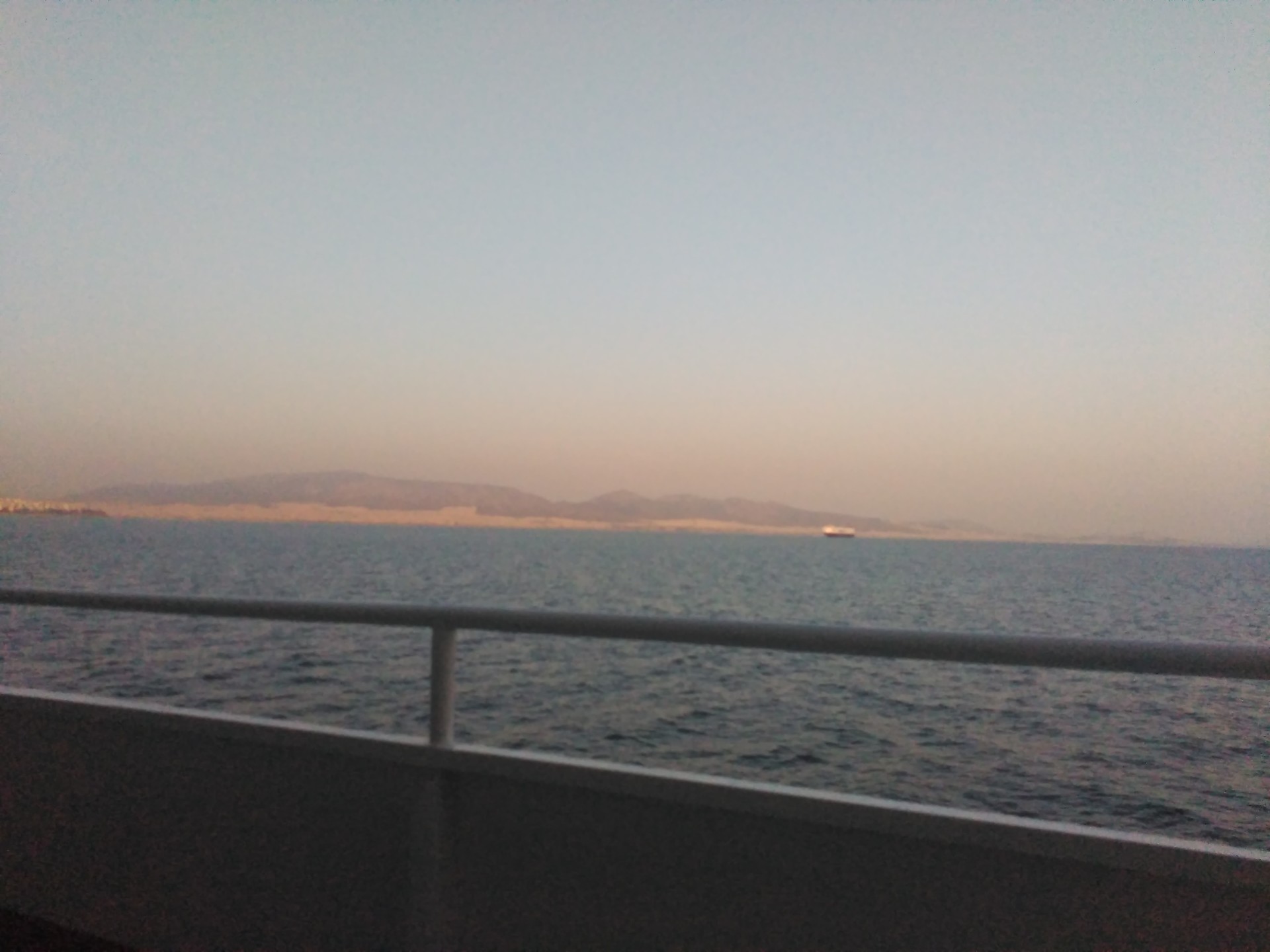
How do I get around Hydra?
The boat will arrive at the main town of the island, with the same name of Hydra. The rest of the population is spread along the coast and the most common way of getting around is through aquatic means. You will find these through ferries at various transport establishments.
If you go through the streets you will see that there are no motorways, and that the people move mostly by foot or by donkey, something which is typical on various Greek islands, taking into account that historically, their most common activity was fishing and maritime transport.
This offers a totally different trip and guides you around to experience the tranquility, walking and exploring the surrounding remains, and above all to enjoy the maritime views and the fantastic beaches.
What to see?
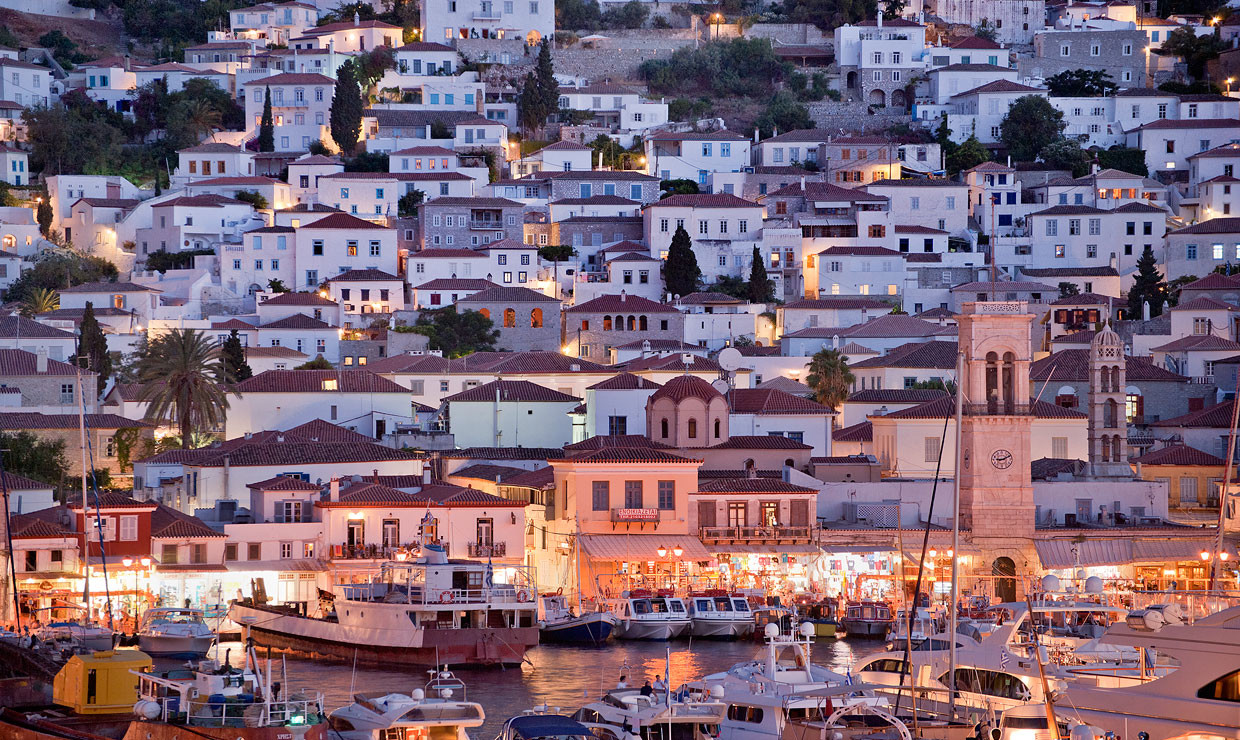
- Orthodox Churches: without a doubt, there is an abundance of churches. If you are going to stay for a while, I would recommend to you to prepare a route in order to see them, as each has its own story and you should start with those of the main town.
- Streets, beaches, and taverns:the thing that attracts the most people to this island is the opportunity to explore the streets, enjoying every picturesque corner, the water transport, the donkey trails, and the food. Its a pity that it gets so busy, something which reduces the tranquility of staying on the beach and eating without stress, but it what will inevitably happen on one of the most populated islands and on one which attracts so many tourists. I am sure that you can appreciate the quality it has, at least
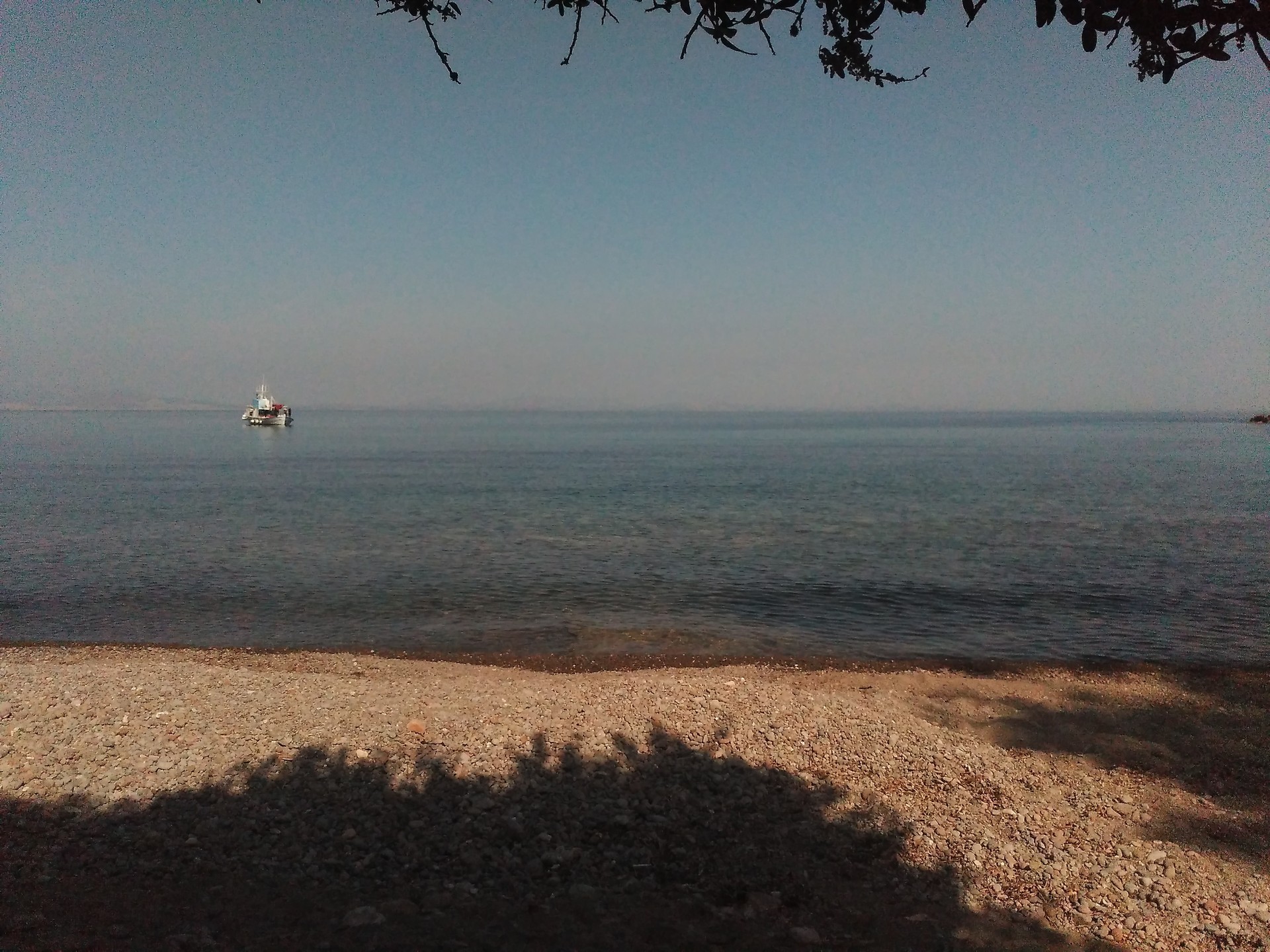
Photo gallery
Content available in other languages
- Español: Islas 1: Aegina e Hidra
- Italiano: Isole 1: Egina e Idra
- Français: Iles 1 : Égine et Hydra
Want to have your own Erasmus blog?
If you are experiencing living abroad, you're an avid traveller or want to promote the city where you live... create your own blog and share your adventures!
I want to create my Erasmus blog! →

























Comments (0 comments)